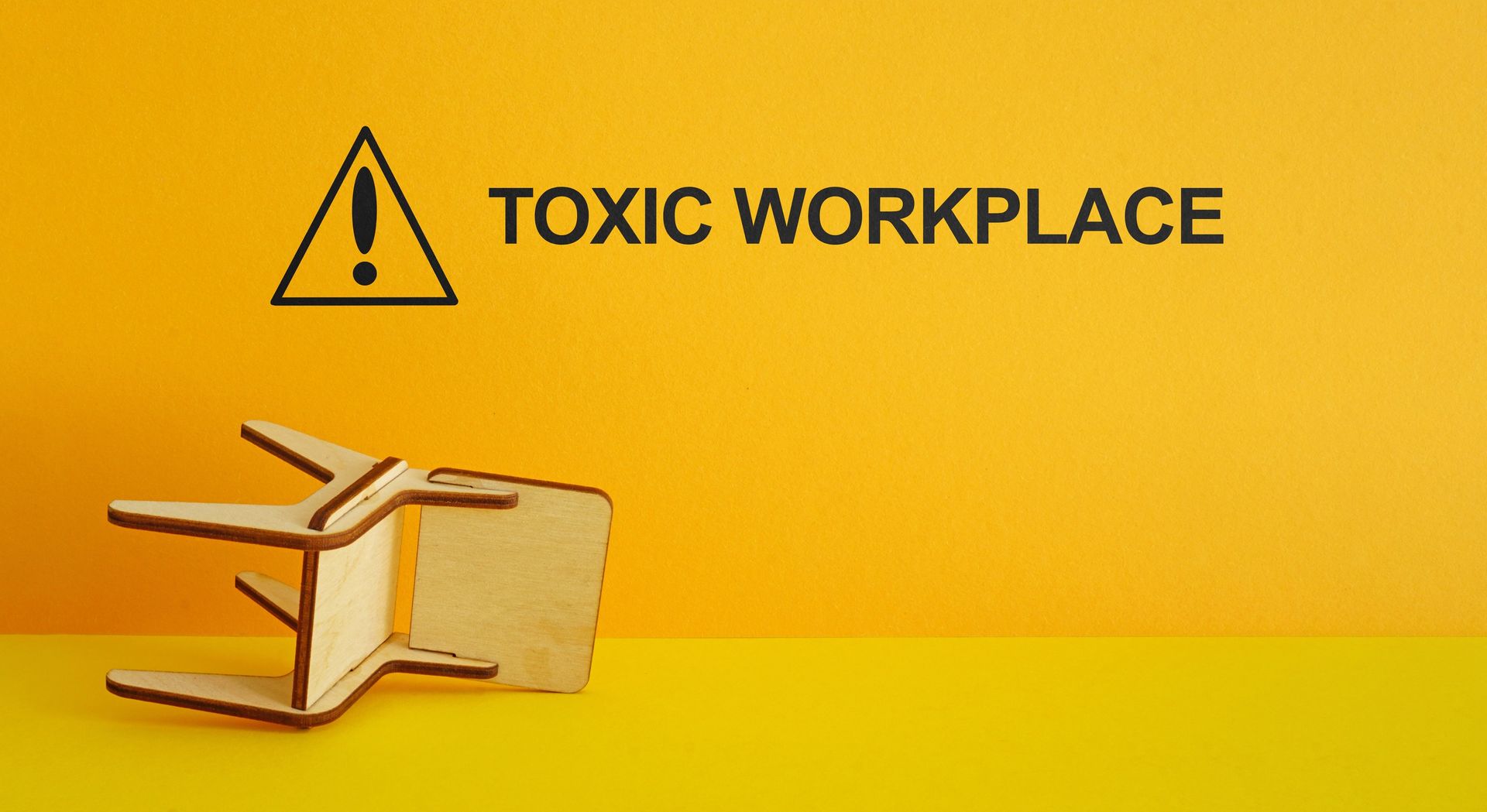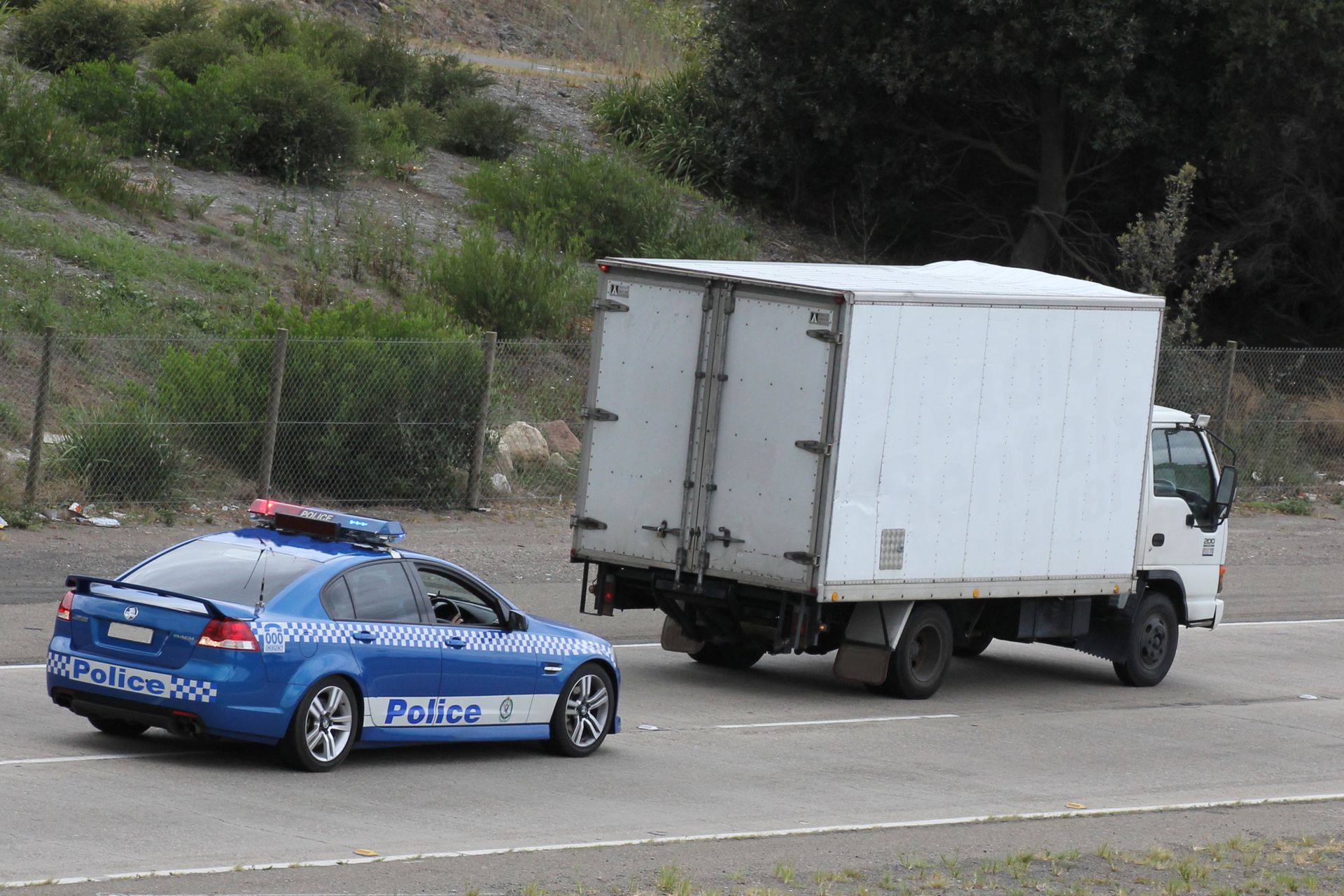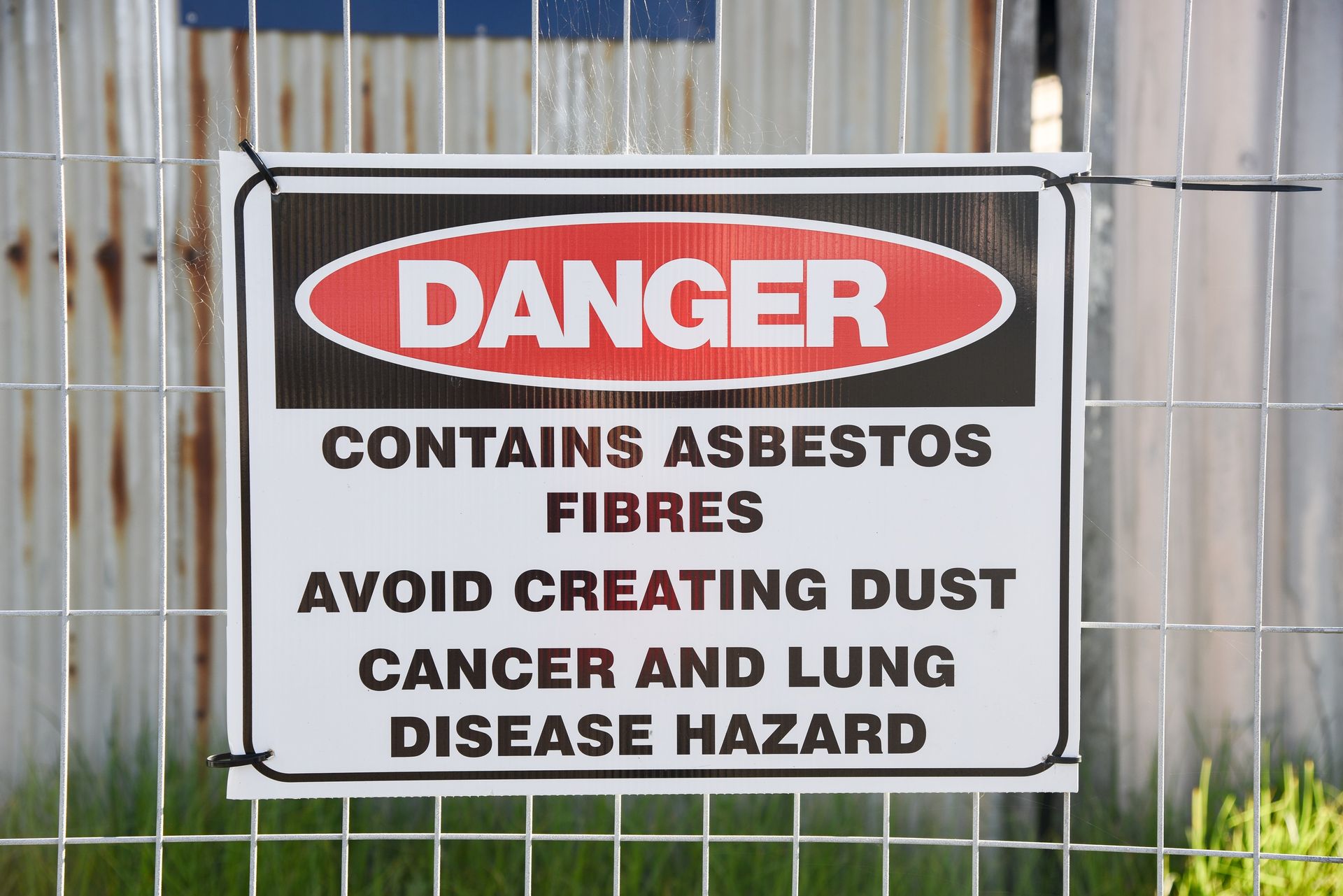A Dedication to my Client: Suffering a Silent Killer – Mesothelioma
Kells Lawyers • January 11, 2016
Malignant mesothelioma is the most serious of all asbestos-related diseases. Exposure to asbestos is the primary cause and risk factor for mesothelioma.
Australia’s high incidence of mesothelioma corresponds with the country’s extensive history of asbestos use. Experts report that from the 1950s to the 1970s, the country had the highest per capita rate of asbestos use in the world. Construction companies, textile mills and many other production and repair facilities used asbestos in one way or another, and the mineral in some cases was used long after it had already been banned in other countries.
There are different types for example, amosite (brown) asbestos use continued well into the 1980s and was found in products such as cement board. In fact, asbestos was still used in friction materials and gasket products in the nation as recently as December 2003.
Crocidolite (blue) asbestos, one of the most toxic types of asbestos, was mined in the Western Australia town of Wittenoom from the 1930s until 1966 when the Wittenoom mine was shut down. Australia finally started regulating asbestos products in the late 1970s. The use of crocidolite (blue) asbestos was banned in 1967, while the use of amosite (brown) asbestos continued until the mid-1980s. The ban on chrysotile (white) asbestos finally came about 20 years later, at the end of 2003.
During the 20th century, the Australian asbestos market was largely led by James Hardie Industries, a company that manufactured a wide range of building and insulation products and was involved with the mining, distribution and manufacture of asbestos and related products. James Hardie Industries owned asbestos mines not only in Australia, but also in Canada and Zimbabwe.
Hardie executives knew of the risks associated with asbestos mines and exposure to the airborne fibres, but the company never warned asbestos miners or plant workers of the risks. Wastes from the Hardie plants were distributed throughout the community for use in playgrounds, driveways and park paths, and the asbestos-contaminated waste was even used to make “Hessian” bags that carried fruit and vegetables. The injury resulting from exposure to asbestos in James Hardie plants and mines is almost immeasurable.
Despite the bans, residents remain at risk for mesothelioma because of older construction, residential and commercial. Older structures contain asbestos cement and other asbestos products. Demolition of any structures built prior to the asbestos bans is particularly dangerous, as is any renovation or remodeling project that puts individuals in contact with these locations or products. With the rise in DIY projects care needs to be taken if asbestos is present. Get an expert to remove it.
If you or someone you know has been exposed to asbestos get a medical check up and seek legal advice to see if you are eligible for a claim.

Kells has been delivering outstanding services and legal expertise to commercial and personal clients in Sydney and the Illawarra region for more than five decades. Our lawyers are savvy and understand your needs.
Subscribe
Want to get the latest articles and news delivered to your inbox?




